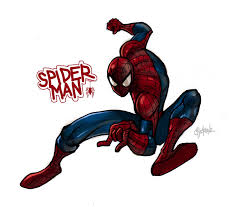In case you missed a post or two this month, here’s a quick recap of what I wrote about during the month of January:
Questions I Asked –
What Do You Wonder? – I want to hear what you wonder about. What have you been dying to know? Is there a question you want to know the answer to? Let me know in the comment section below and I will add them to my list of questions that I will answer this year.
Why Are Water Bottles 16.9 Ounces? – The answer was not what I expected.
Who Invented Rock-Paper-Scissors? – At some stage of our development, we all learn the game rock-paper-scissors. It happens somewhere after we become potty trained and before we start texting on the toilet. Find out where it all started.
Things We Learned –
Why We Make Resolutions On New Year’sHere’s why. – We should want to make these changes at any given time, but we typically wait to make the decision to improve these areas of our lives until January. Here’s why.
What A Clean Slate Looks Like – To say the Virginia Tech men’s basketball season started with a thud, would be an insult to thuds. But then something changed.
When It Is Time To Panic – The answer is simple.
There Are Some Struggles We Do Not Remember – If we can handle this task, we can definitely handle starting a new job, or public speaking, or figuring out iTunes.
This Has To Be Deadpool’s Worst Nightmare – Finding out right audience makes a huge difference.
Fun With Numbers –
5 Things We Can Learn From Calendars – The great thing about learning is that it is not confined to certain times or a specific location. Learning can happen anytime, anywhere. Even with calendars.
1 Way To Set Ourselves Up For Success – If you don’t believe me, take it from Mitch Hedberg.
10 Things You Must Do To Write A Book – I think you will really like #7


